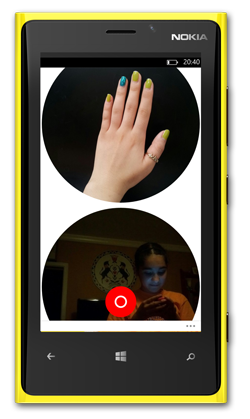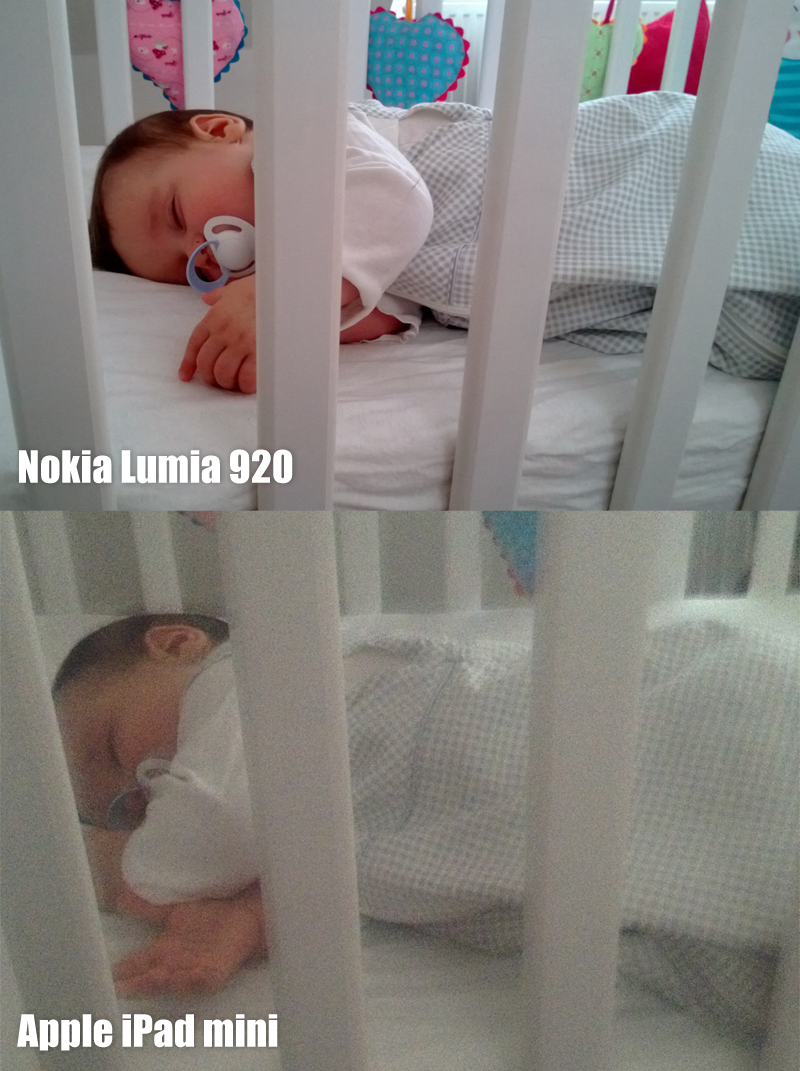
In the 1930’s, in the very early days of the Soviet Union under Stalin, the communist leaders knew they had a problem.
The process of Stalinist Industrialisation forced the majority of the Russian population, most of whom had lived in the countryside, into newly constructed settlements based around factories and industry. People were dispossessed of their land and belongings (which then became property of the state) and were put to work in new industry for the glory of the Soviet state and economy.
Although there were many efficiency gains created by the reallocation of resources to industry and the introduction of new tools and processes to factories, Stalin found that economic growth beyond that created by manual allocation of labour was essentially non-existent.
Why?
Stalin had uncovered the critical flaw of the communist system: incentives. His entire population had been dispossessed of their lands and property and put to work for a stipend salary and subsistence diet, with the entire profit going to the state. Where was the motivation to work hard?
Stalin had an incentive problem.
As early as 1931 Stalin realised that the dream of a society of citizens intrinsically motivated to work hard purely for the glory of the Socialist Party would never be a reality, and he gave up on the idea of creating “socialist men and women” who would work hard without incentives. So Stalin introduced two kinds of incentives:
1. Fear – of being imprisoned, tortured, sent to a gulag in Siberia or shot; and
2. Monetary incentives.
FEAR
Keeping people working was enforced by the absenteeism law, which defined absenteeism as any twenty minutes of unauthorised absence or idling on the job. Even giving the perception of idling was sufficient. But even Stalin appreciated that fear will only get someone to their job such that they do the bare minimum. You can’t scare someone into being extra productive, much less innovative.
And yet, it turns out fear didn’t work so well after all. 36 million people – about one third of the adult population of the Soviet Union – were found guilty of absenteeism at least once between 1940 and 1955. Of these, 15 million were sent to prison and 250,000 were shot.
It seems that fear will only take you so far.
MONETARY INCENTIVES
Stalin also experimented with various monetary incentives. For example, he introduced monthly bonus payments to individuals and companies who exceeded their production output target, and penalties for coming in under. (Sound familiar?) It seemed like the perfect way to motivate workers to produce more.
So what happened? Stalin saw that while in some cases output targets were exceeded, it was relatively seldom, and simultaneously levels of innovation dropped. Why?
One problem was that the monthly targets were always based on the previous month’s achievement – so although people may have been incentivised to exceed their target, they certainly weren’t interested in exceeding it too much, or their next month would only be tougher.
Innovation requires time, effort and resources… resources that would necessarily have to be taken away from producing output for the monthly target. As a result, little extra effort was invested in innovative creative idea creation. Furthermore the monthly targets kept people focussed very much on the present, where innovation necessarily requires investing today in things that will not pay off until tomorrow or next year.
The point is – we’ve known for years that the stick (fear) doesn’t do a great job at incentivising people. The conventional wisdom is to use the carrot. The problem, as this example shows, is: the carrot is broken too, and money is a poor motivator – a fact which countless studies have also shown. (Read the book ‘Drive’ by Daniel Pink).
So why do we keep getting it wrong?
Companies who motivate through fear (fear of a bad performance evaluation, fear of not getting that promotion, fear of losing my job), and poorly constructed monetary incentives, will at best achieve only a short-term production increase. These motivators are not, as Stalin has shown us, sustainable for a long period.
It’s time for a new incentive structure. How about: everyone believes in what you are trying to achieve, and is motivated intrinsically by the challenge, the vision, and the passion to win? (Which is, incidentally, exactly the first thing Lenin, Stalin, Kim Jong Il and countless others took away from their people).





